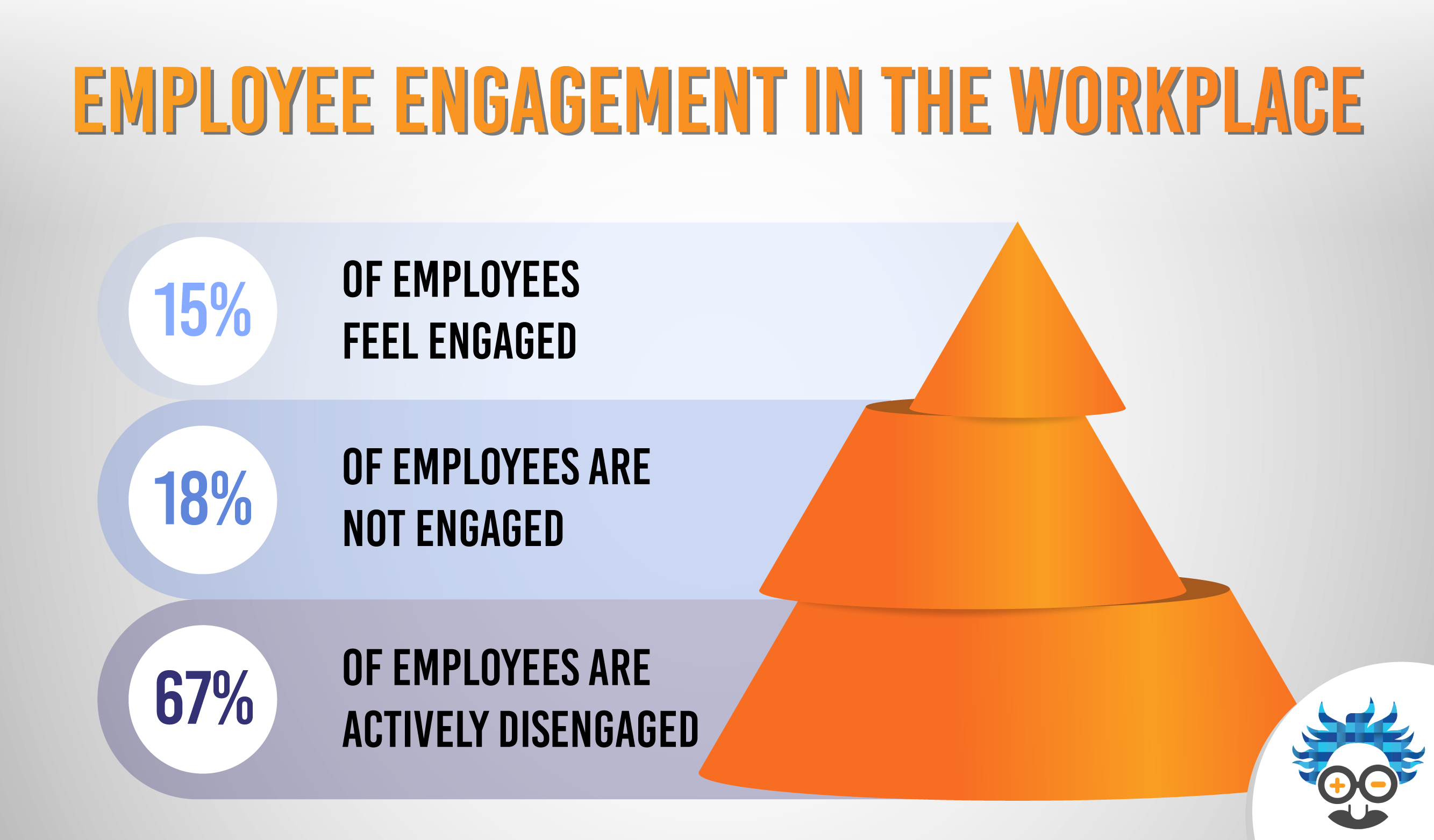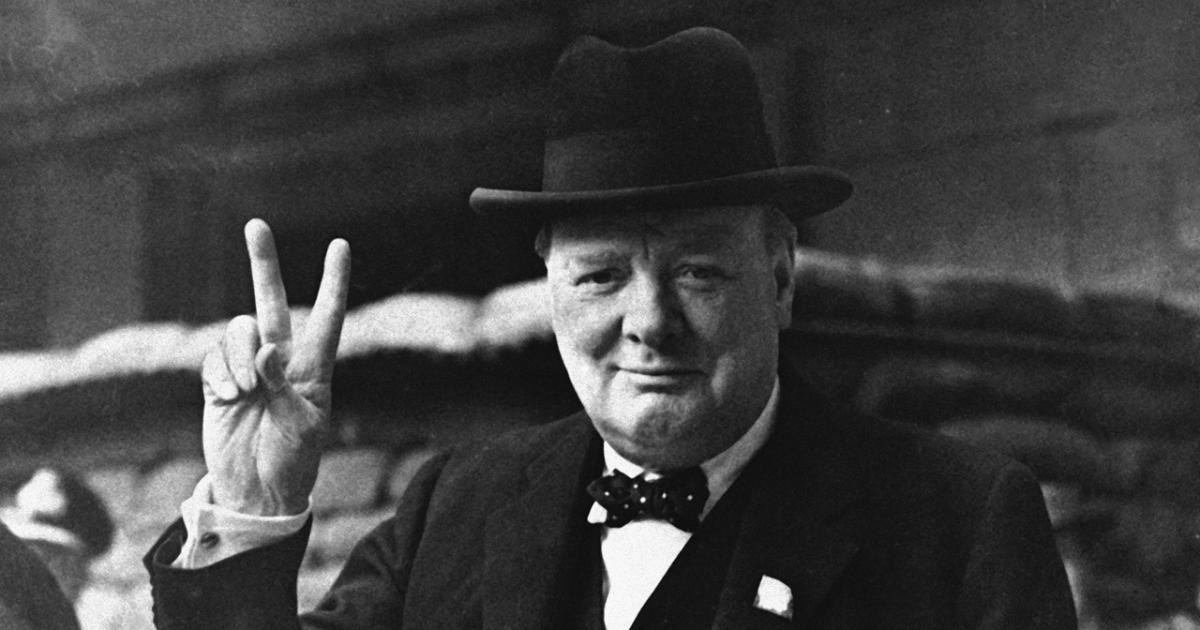“Break the kettles and sink the boats!”
The origin of this ancient Chinese maxim dates back to 207 B.C, during a fierce war waged between the Qin Dynasty and the insurgent state of Chu.
The powerful armies of the dynasty were stationed on the North side of the Yangtze River, with 300,000 men. The Chu army of 60,000 men, led by Xiang Yu, had been camped on the other side of the river for nearly two months, awaiting the order to cross.
On the 47th day, Xiang Yu personally led his army into battle against the much larger force. He crossed the river, taking camp in a position that was just out of reach of his much larger enemy.
Xiang Yu saw that his forces were scared, and made a decision that would propel him into Chinese folklore.

Instead of a rallying speech or embellishing the spoils of victory, he waited until his troops slept, and ordered a select band of faithful soldiers to burn HIS boats (that would return his army safely to the south side of the river), and destroy the kettles, cauldrons and all cooking equipment.
His army had no choice: defeat the much larger force and seize their supplies or die.
This didn’t just lead them to defeat the Qin forces stationed by the Yangtze, they went on to win 9 consecutive battles, capturing and killing over 300,000 enemies. The bravery and ferocity of Xiang Yu’s forces inspired other camps to join him, until his army boasted more than 400,000 soldiers.
This incredible act of leadership gave his troops something that every leader in business wants, total and undivided employee engagement.
(It’s also worth mentioning that everybody remembers Xiang Yu for this one act, instead of brutally burying 200,000 captured enemies alive).
Employee Engagement: The Painful Truth
Whether you’re a CEO, director, manager or supervisor, you’ll understand the value of employee engagement…
…however, the painful truth is, most of you aren’t doing enough to ensure your employees are engaged.
This is not conjecture, or guess work, it’s fact.
A 2017 study by Gallup, entitled State of the Global Workplace, discovered that just 15% of employees worldwide are actually engaged in their work. That leaves a startling 85% of employees performing (at varying levels) beneath their potential.
The study also revealed that ‘companies with highly engaged workforces outperform their peers by 147% in earnings per share’.

But, before you all run out into the car park and start burning cars and smashing lunchboxes, let’s take a deeper look at what that means, and more importantly what steps you can take (as a leader) to correct it.
Employee Engagement: What the Numbers Mean
- ENGAGED EMPLOYEES- 15%
These members of your workforce are totally committed to your company, team and goals. They enthusiastically tackle problems (that aren’t necessarily their responsibility), inspire others and are emotionally invested in the business. Engaged employees often emerge as leaders, innovate and come up with ideas that will fire your business. They understand the company and feel a profound connection with it.
- NOT ENGAGED EMPLOYEES- 67%
These employees are difficult to identify because they aren’t necessarily unhappy or dissatisfied in their job. And even more worryingly, they’re probably the bulk of your workforce.
The ‘not engaged employees’ will do their jobs and perform their roles, but they do it to the bare minimum. They care very little about the business’s goals, vision and values, and their attitude to doing as little as they can get away with, passes onto other members of the team.
These members effectively sleepwalk through their day, they always put in the hours but very rarely expend any real energy.
The not-engaged employees can be inspired to reach ‘engaged’ status, but if they’re left in the same position, they will eventually fall into the ‘actively disengaged’ category.
- ACTIVELY DISENGAGED- 18%
These employees aren’t just unhappy at work, they act out their unhappiness on a regular basis. They constantly undermine the achievements of the company, creating a toxic and uncomfortable atmosphere. Disappointingly, these people are often experts in their profession, acting as know-it-all’s who think they could do better, without ever trying themselves. When an employee descends to ‘actively disengaged’ it’s almost impossible to engage them again.
Employee Engagement: Leadership Tactics

Employee engagement holds the key to greater productivity, innovation and profitability, as well as massively improving your customer’s journey…
…and yet, very few companies are striving to measure, analyse or improve upon it.
There are a million different perks that can be handed to staff to temporarily boost their engagement, but, as a leader it’s your job to ensure that short-term gains, become permanent feelings of connection and commitment.
I’ve read tons of books and articles about staff engagement, many of them recite ideas from the Google offices, or other similar tech firms. I don’t disagree with these ideas, but I know that they’ll only create short-term gains if your leadership style is incorrect.
So, before you start handing out sleeping-pods, gym classes and free vacations, use the following advice to perfect ‘what it means to be a leader’.
Paired Beliefs

Most employees understand what they do and how they do it, but very few understand WHY they do it.
The WHY’s of their role directly correlate with the WHY’s of the business. Use your business’s reason for existence to shift employees attitudes away from what they do, to why they do it.
If they share the same beliefs as the company, they will find a profound connection and work, not just to the bare minimum, but to the maximum of their abilities.
When you’re employing new staff, make sure (above all else) that they share the same beliefs as your business’s WHY.
As an example, look at the fortunes of APPLE.
Apple employ staff from the same pool of people as all other tech companies, they pay them similarly, and yet, over the last 30 years, they have created more ground-breaking technology than anybody else. This is because all their staff understand their why, THINK DIFFERENTLY.
They employ people, not to develop computers, but to think differently about it. Linking their beliefs with employees has helped them get more out of their staff than anybody else in the industry.
Sacrifice

Do you think Xiang Yu’s army would’ve won their famous battle if he sent them into fight whilst he remained on the ships, drinking wine and getting fat?
The boat-burning story (I spoke about earlier) focussed on the army, but let’s not forget, by destroying all cooking equipment and sinking his ships, Xiang-Yu effectively condemned his fate to the same as his army. If they died, he would to.
Imagine your perfect leader, would they work for you? Or would you work for them?
Many people perceive leadership as simply directing staff to complete tasks. Leaders like this see low levels of engagement and high staff turn-over.
The truth is, you must be prepared to work for your staff, a lot more than they are expected to work for you. Leadership that demonstrates a clear emphasis on ‘working for them’, rather than them ‘working for you’, will create greater trust, cooperation and productivity.
Consider every great leader in history, who was actually working for who?
Was England working for Churchill, or Churchill working for England?
Was India working for Gandhi, or Gandhi working for India?
Did Apple employees work for Steve Jobs? Or did he work for them?
When you’re able to install a self-sacrificing quality into your leadership technique, you’ll create much more belief, and staff will be seriously motivated.
Safety

When people feel safe within an organisation, they naturally feel freer to express themselves and develop their talents.
Danger or threat applies pressure, and makes employees perform within strict rules. This carries over from staff to customer, reducing the flexibility that employees have to appease their client’s needs.
It also creates a clique between the staff who are under pressure, which separates them from you. Separation puts both Sacrifice and Paired Beliefs leadership tactics at great risk.
A strong leader doesn’t need to threaten their people into working to their potential.
Be empathetic, allow your staff freedom and listen to them. Providing an open, no-fear environment guarantees higher levels to engagement, and gives you the chance to improve as a leader. Your staff are people, and their opinions on your leadership technique count more than anybody else’s.
Conclusion
If you can engage your employees, it will have mind-boggling effects on your company.
Every business ever created is, at its most basic level, just a group of people.
Those companies who have engaged and got the most from their staff are now market leaders, exciting brands and innovation pacesetters. Think of ways that you can pair your beliefs with your employees, demonstrate that you work for the team (not the other way around) and make sure they feel safe…
…and you’ll be well on your way.
What do you think is the best characteristic in a leader? Who is the best leader you’ve ever worked under?
Share your thoughts with our audience!
- Author Details




